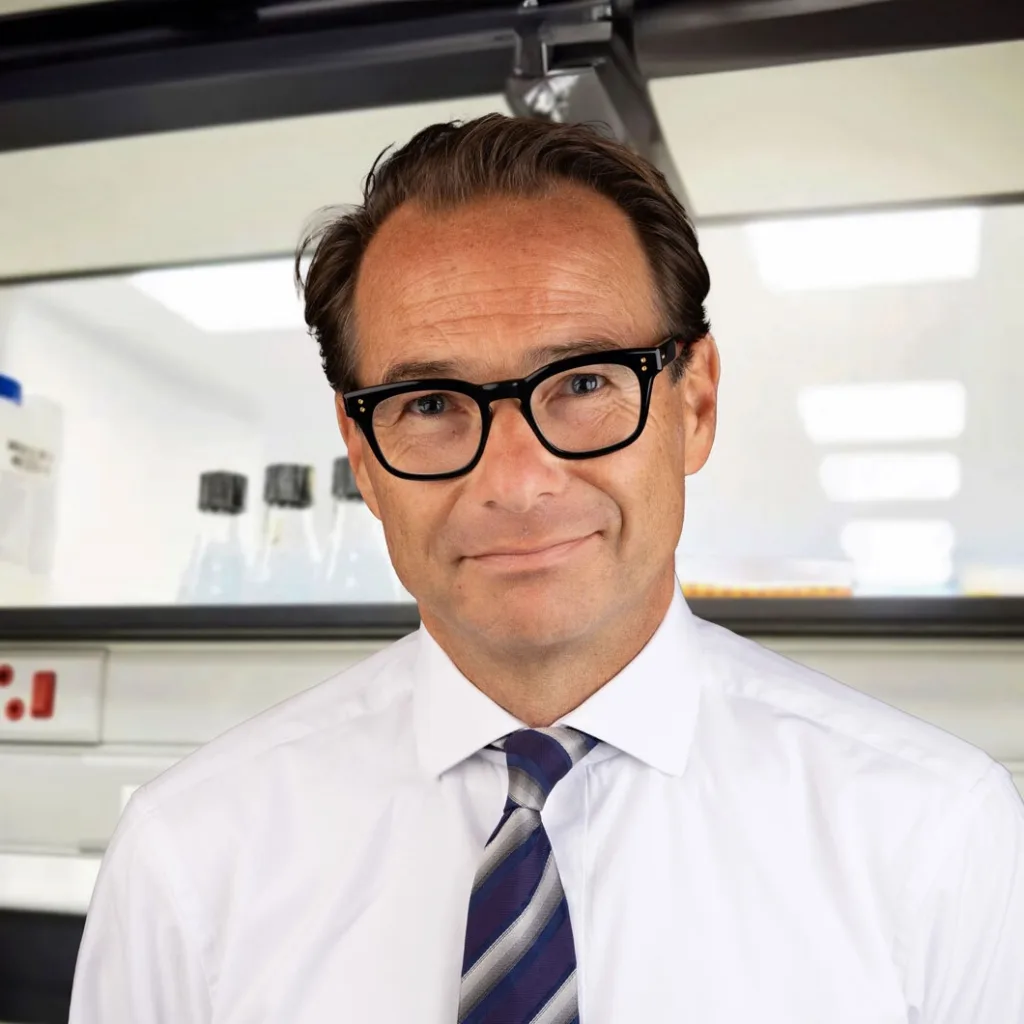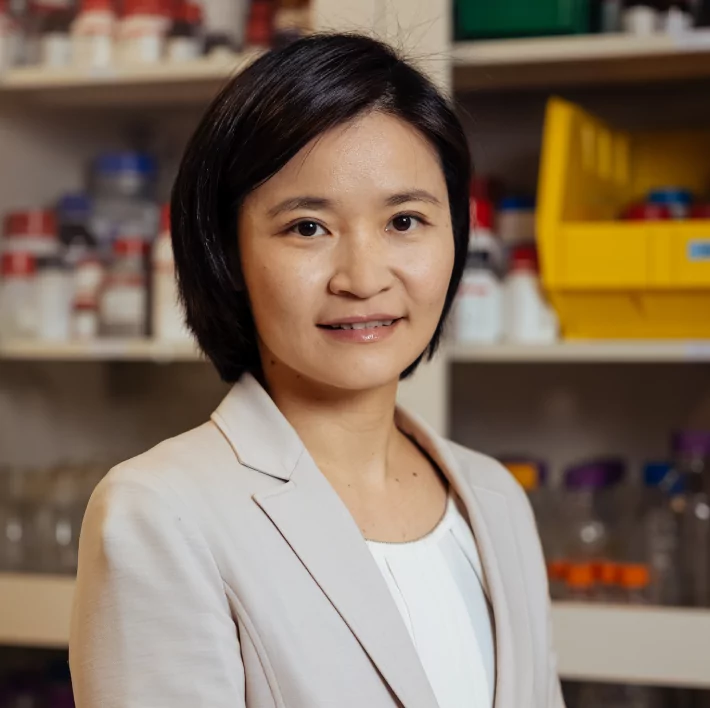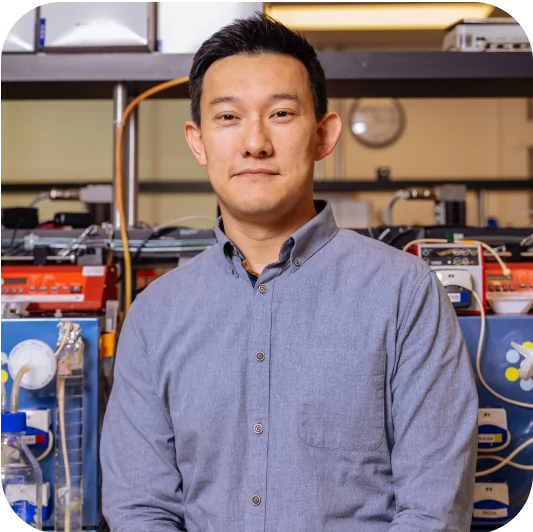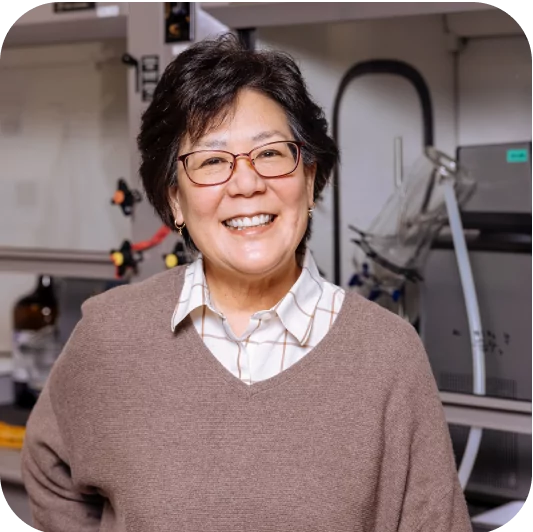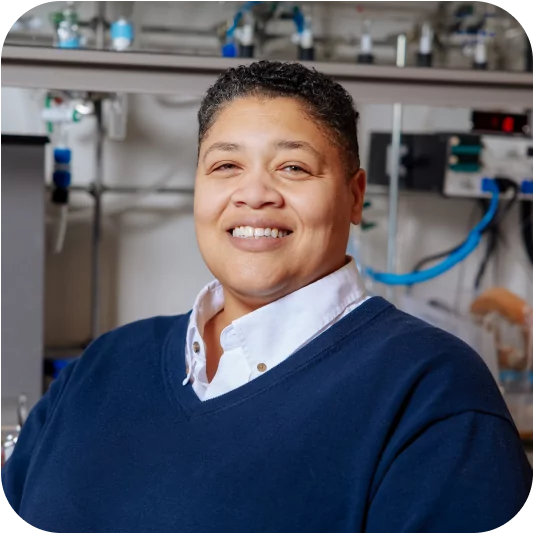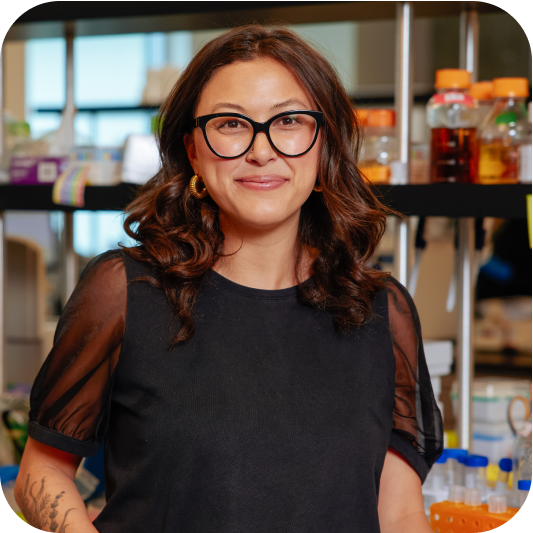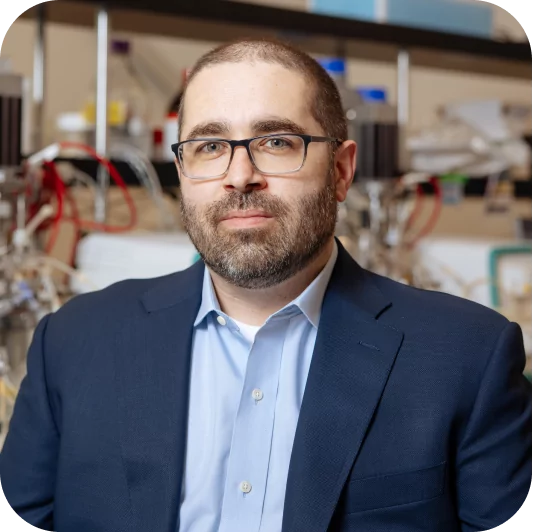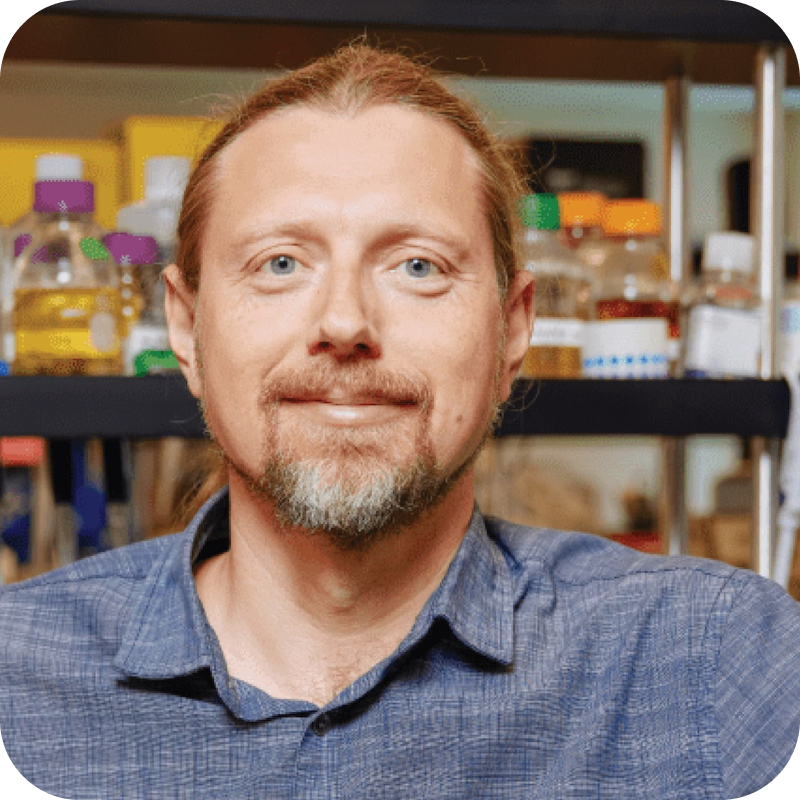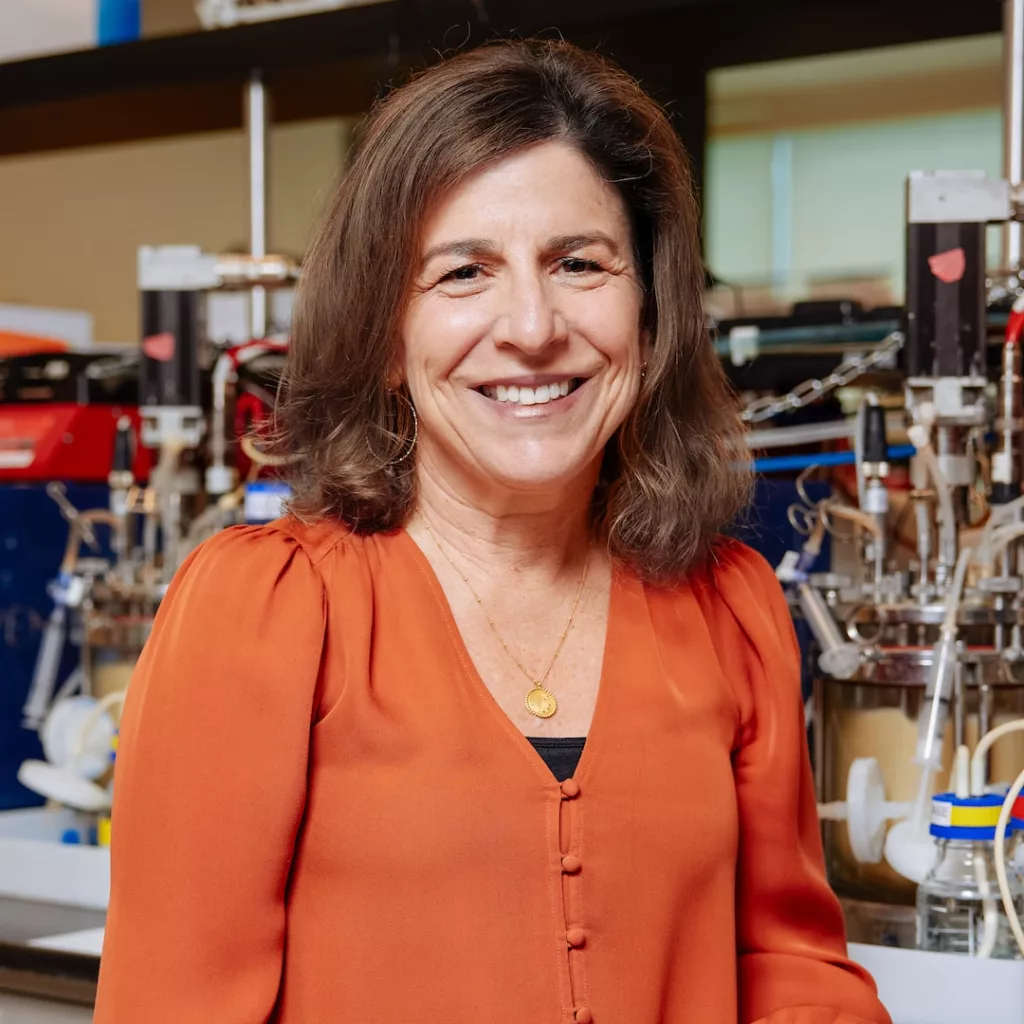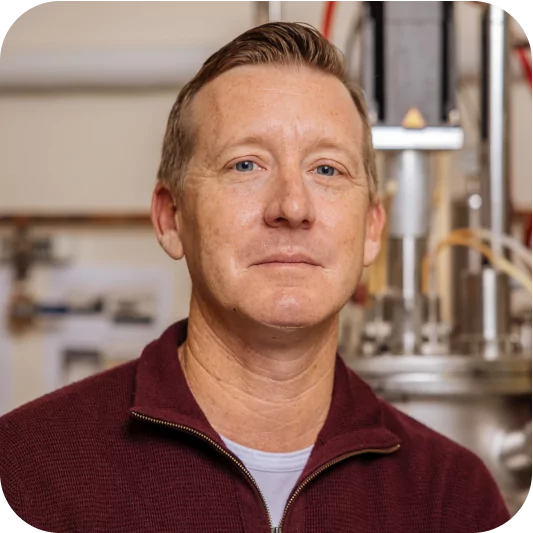Antheia’s recent commercial breakthrough required the effort of many technical experts who contributed countless hours of hard work. In today’s blog, we are pleased to introduce Walter Tamulis, Senior Staff Engineer of MSAT, a key member of the operations team who was essential in executing our first 116,000L scale run of thebaine and subsequent validation runs. We sat down to speak with Walter to ask him about his background and what inspires him at Antheia:
You bring a wealth of experience in pharma manufacturing to the team, from pilot scale to commercial scale manufacturing. For those who don’t know you, let’s start with you telling us a little about yourself and your background.
I studied molecular biology at the lab bench in graduate school, but my first industry experience was actually in large scale manufacturing of monoclonal antibodies for Genentech. That’s where I started growing a passion for the science of manufacturing and scale up, which has endured across my 17 years in bioprocess industries. From manufacturing pharmaceutical biologics with Genentech, I moved on to developing advanced biofuels technologies with BP and DuPont, industrializing enzyme production processes with BASF, and more recently, scaling-up precision fermentation with Zymergen. Now, I am enabling the commercialization of cutting-edge synthetic biology technologies with Antheia. My experience has really been about straddling different scales of technology with different teams and tech transferring processes within and across companies, including owned and operated facilities and contract manufacturers. I’ve always loved seeing things happen for the first time on a large scale, and at Antheia, I do just that – working with the right partners, facilities, and technologies to ensure the scaleup and manufacturability of our products is feasible.
What made you say “yes” to Antheia initially and what inspires you about the work you do here?
I was introduced to Antheia by Zack McGahey, our COO whom I had worked with previously at Zymergen. As soon as we had our first conversation about Antheia, I really understood the power of the technology and the potential it holds for sustainable and renewable manufacturing. I found that incredibly inspiring and I was immediately interested by the opportunity to both apply my experience in the industry and work on something that is meaningful to me on a personal level, since I believe that sustainability and renewability in manufacturing is one of the most dynamic things we can do to work within our resource constraints while improving our planet. When I reconnected with Zack, the technology had just matured and was ready to move into commercial production, so I was fortunate to join right as the operations team was beginning to ramp up. Once I had a chance to meet the team, I was really sold by the work ethic, scientific excellence, and focus shared by the entire company – it was an easy decision. Since then, I’ve been a part of that critical moment where the rubber hits the road as we actively commercialize our first products. It’s been an exciting time to be a part of this team.
We know you’ve had an incredibly busy season – can you share what your work looks like, as the rubber has hit the road, so to speak?
My work is pretty project based, focusing on the target product that we’re working on at any given point. Now that Antheia’s first product, thebaine, has debuted, we are hard at work on moving our second and third products to commercial scale while our R&D team continues to develop and progress products that are still moving through our pipeline. These products are in various stages of development and commercialization, which means my role is overseeing the transfer of those technologies – at any stage they’re in, whether that be pilot, demonstration, or commercial – to our external sites, currently both abroad for commercial and in the U.S. for some of our pilot-scale operations. In addition to our commercial and customer engagement efforts, these tech transfers and scaled runs are critical to our forward momentum as a KSM and API producer. It’s exciting to be part of this progress as we move toward validating our product with customers and passing the final hurdles with regulatory bodies.
In terms of my day-to-day, I spend a lot of time at these partner sites, working closely with our third-party manufacturing teams and liaising between Antheia’s R&D, operations, and commercial teams. One week I may be evaluating a potential facility in anticipation of scale-up and commercialization and the next week I’m supporting the execution of commercial production runs at an established partner. These are tangible, on-site projects with capital expenditures that require up-close monitoring to ensure functionality, which means that I’m constantly collaborating with people at manufacturing sites all over the world.
The first successful commercial run of thebaine was a massive milestone for Antheia and then shortly after, Antheia completed its validation campaign. These were huge feats for the operations team, and you specifically spent a lot of time with our partner in Europe to make that happen. Can you share more about that experience?
Absolutely. From an engineering perspective, quite a few complex capital expenditure (CAPEX) projects were required at our partner contract manufacturing organization (CMO) to enable these first manufactured batches of thebaine. In the 12 months leading up to actual execution, we had to design, order, install, and commission equipment while working closely with the CMO engineering team to ensure on-time delivery and to meet all operational and safety requirements. We also identified projects to increase efficiency and reduce operational costs, alongside modeling the techno-economics of our processes.
During the execution of our first commercial validation runs, I represented Antheia at our CMO as our person-in-plant. In this role, I helped maintain timelines and ensure that Antheia’s expectations of operational execution, equipment reliability, and product quality were met. I was the eyes and ears for Antheia onsite at our CMO for weeks and months at a time, and it meant wearing multiple hats, monitoring and analyzing data in real time, supporting the partner operations team, and sharing feedback with Antheia’s stakeholders.
It’s a lot to balance. How do you make that work, and how do you strike that balance in both a partner role, and a customer role?
What’s most critical is that I understand what’s in the best interest of Antheia from a quality or technology perspective, so I can make the best decision for us as new questions and challenges arise. Other times, I take on more of a project management role where I need to have a view of the big picture and be able to track how the numerous projects are progressing and impacting the overall schedule. I can’t say there’s any singular trick to it other than maintaining a constant view of the end goal, which involves staying closely connected to the activity at Antheia HQ in Menlo Park and making sure I understand our business needs and drivers, and applying that all the way down to even the smallest of decisions.
Finding that balance requires a mutual trust between our external partner and Antheia. Internal or external, we’re on the same team and we share many of the same goals, which means there is a lot of relationship capital to be built and managed to create a win-win situation. While I’m technically an engineer, I’ve been many different permutations of a negotiator in my career. I’m never the sole subject matter expert on board and I need to speak both technical and commercial languages fluently to bridge between different companies, sites, and teams.
Where do you see Antheia’s greatest opportunities?
It goes without saying that we have a major opportunity to fundamentally change how essential medicines are produced. We continue to see how legacy agriculture-based supply chains for pharma regularly fail and struggle to keep up with modern demands of healthcare – synthetic biology is a game changer for unstable supply chains like pharma and the benefits are unmatched, including for sustainability. It’s a totally different story than the popular carbon emissions dialogue and we’re seeing that with synbio, sustainability can mean so much more.
The beauty of a fermentation-based process is flexibility, something that the pharma supply chain desperately needs. As long as a facility is designed with the fermentation process in mind, Antheia can manufacture virtually any ingredient in it. Traditional pharma manufacturing requires much more specialization for those pivots, but for Antheia we just have to swap out the yeast strains. Since we use the same host organism for every product and now that we’ve successfully scaled our first product, our focus doesn’t have to be on making massive process adjustments anymore. We expect that we will get more efficient as we fine tune and iterate the process with every product we develop.
What’s next for Antheia, and how do you see the next year, and five years unfolding, from your perspective?
In 2024, we’ve already achieved our validation campaign for thebaine and we are now gearing up to fulfill and ship early orders to customers. We’re also already hard at work on our next products. In five years, ideally we will have launched multiple products and our technology platform will have disrupted the existing models for KSM and API production with dedicated facilities that are capable of producing our multiple products at high quality and cost efficiency.
